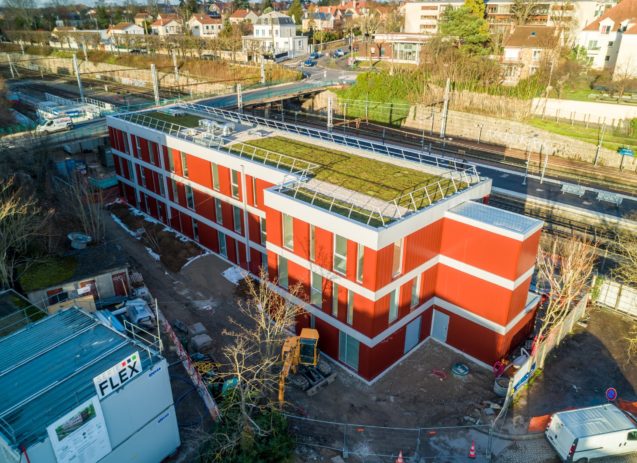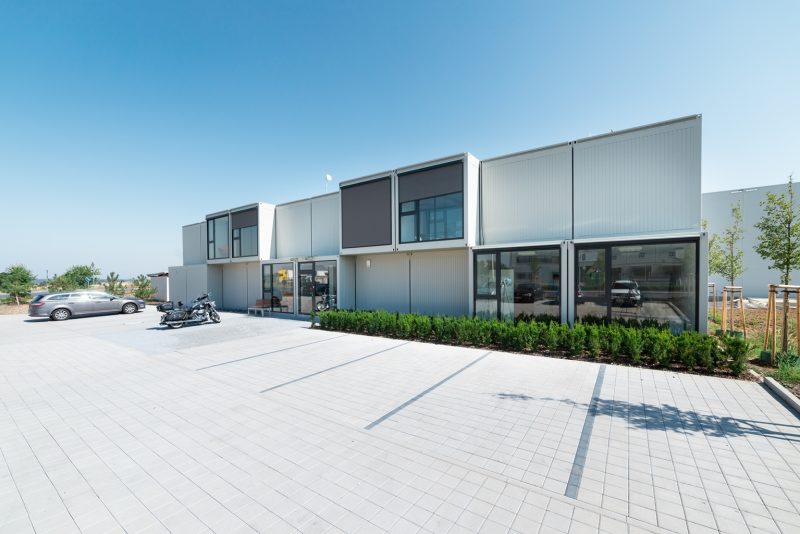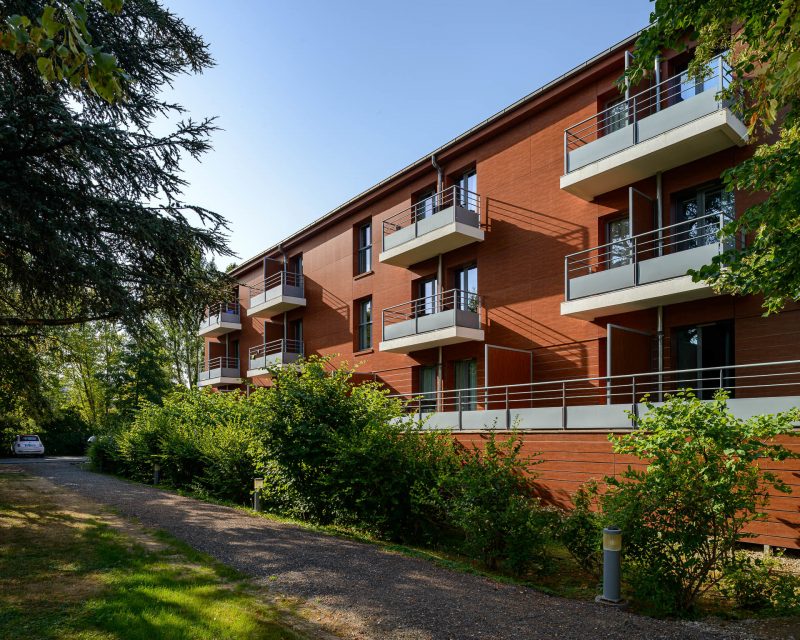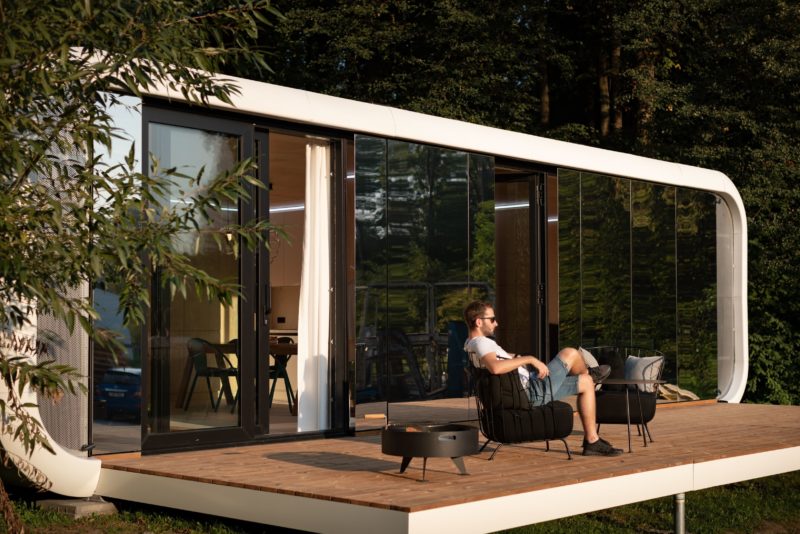A common feature of modularity in all fields is simplification.
Modularity is the future of construction
A modular construction is created by the prefabrication of modules in production and their assembly on the construction site. It is fast, environmentally friendly and, thanks to quality control on the line, it attains a high standard of civil engineering.

Modular construction is often judged based on misinformed prejudices

The myth is rooted in a misunderstanding of the terms “modular construction” and “sets of construction site containers”. We can still highlight the extreme price advantage, however, modular buildings can offer the same features as other buildings erected using standard methods. Whether modular or conventional construction, certain prices remain comparable – it must be remembered that the same materials are used, whether for surfaces, fillings of openings or crafts and we cannot expect the suppliers of these materials to provide extreme discounts on these materials. However, the investor does gain a price advantage thanks to the fast implementation of a modular building and an earlier return on investment.

Modular construction has no ambition to create buildings that will characterize the time for centuries. MODULAR CONSTRUCTION is a fast and economical solution with an added architectural and design value. In terms of life cycle, the technical building’s life cycle is, in any case, much higher than the psychological life cycle. Thus, it is significantly longer than the requirements for the use of buildings under the current way of life. The load-bearing capacity of a modular building is ensured as KOMA modules are produced from steel zinc-plated construction, which – according to the EGGA – will lose its load-bearing capacity if left to weather conditions over 140 years. In the case of modules, the zinc-plated construction is not exposed to weather conditions, so we can say with certainty that the psychological lifetime is less than the technical lifetime. In addition, modular buildings do not have to be demolished at the end of its usefulness; rather individual modules can be used for other purposes thus slowing product obsolescence.

This myth also arose in connection with views based on assemblies from construction site residential containers. But MODULAR BUILDINGS are a different category. In short – it is a modern system of building acquisition using an “off-site construction” system. This means that most of the production is carried out under constant climatic conditions in a production hall. You can create a building using spatial modules, panels or elements such as bricks or blocks. This philosophy makes it clear: Just as a brick is not responsible for the look, so too is a module not responsible for the appearance. The appearance of a building is clearly defined by the architect.